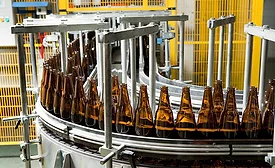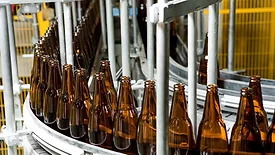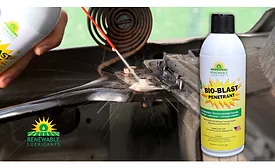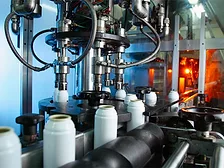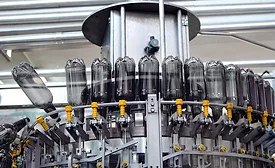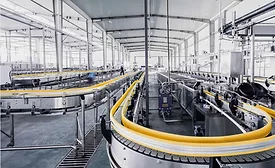Home » Keywords: » lubricants
Items Tagged with 'lubricants'
ARTICLES
Sustainability, corporate responsibility influence next generation of lubricants
Read More
Food grade lubricants protect products, deliver on sustainability
Synthetic, bio-based solutions both in demand for beverage manufacturing
November 19, 2024
Lubricants help operations meet sustainability goals
Food grade lubricants help optimize beverage-processing machinery
November 27, 2023
Lubricant suppliers address allergens, certifications in name of safety
Short-term supply chain constraints impact lubricants market
November 23, 2022
Synthetic-based lubricants maximize grease performance, bring economic benefits
Food grade greases formulated to adhere to machinery
November 15, 2021
Operations
Lubricants support product safety measures through NSF H1 solutions
Lubricants support sustainability goals through innovations
November 18, 2020
Food-grade lubricants further safety practices in beverage plants
Sustainability measures drive further innovation in lubricants
December 9, 2019
Conveyor solutions extend beyond original equipment
Drive systems, lubricants keep conveyors moving along
May 13, 2019
Interflon introduces lubricants to US
Lubricants carry kosher, halal certifications to keep products safe
March 20, 2019
Elevate your expertise in the beverage marketplace with unparalleled insights and connections.
Join thousands of beverage professionals today. Shouldn’t you know what they know?
JOIN NOW!Copyright ©2025. All Rights Reserved BNP Media.
Design, CMS, Hosting & Web Development :: ePublishing


